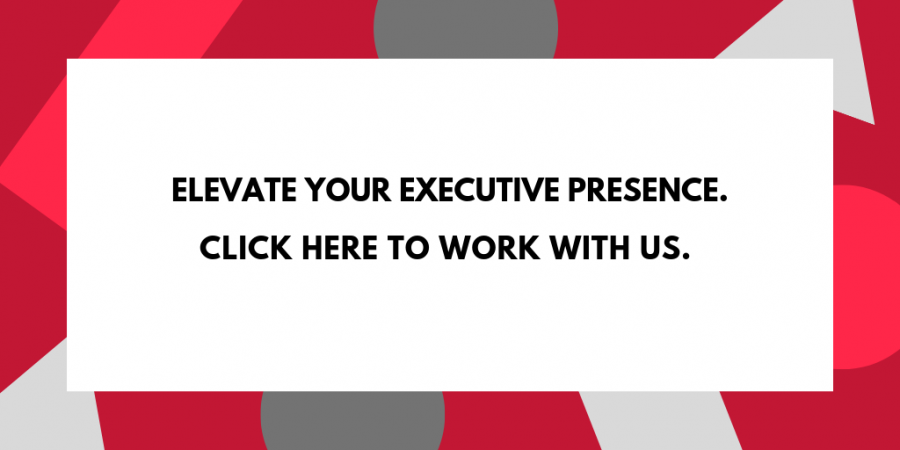To look or not to look – that is the question. What is the significant impact when we see or don’t see another human being?
Learn to Communicate better. Contact Us today!
Do we make eye contact as frequently and consistently as we think we do? Do we acknowledge people while we are walking or running? At social gatherings? At work? Do we acknowledge the service provider we encounter everyday? Do we adhere to status when we look or don’t look? What situations demand connection through eye contact? Are there times when it is okay not to connect?
Eye contact is often talked about as beginner level non-verbal communication or as predominantly connected to issues of self-confidence.
To give, or not to give, eye contact is also a power play.
The higher up we are in the chain of power the more impact our use or lack of eye contact matters. Have you ever found yourself sharing with disappointment or perhaps disdain that so and so didn’t even look at you? Are you aware of how many others may feel that way about you?
Are you connecting?
When I informally surveyed people, most believed that they are quite good at making eye contact. They reassured me that they make eye contact on a consistent basis.
They meet the eyes of other people running or walking on the trail.
They meet the eyes of others in the elevator.
They meet the eyes of the service providers they encounter throughout their daily lives.
Yet, it may be less consistent than we think. It seems that most us of are highly unaware of when we dodge, avoid, and simply don’t see someone. People who confidently said that they consistently make eye contact were surprised to see a video where they didn’t.
We all have a number of reasons not to look at people. We may be lost in our thinking and truly not see someone. We may not feel we have high enough status to look at someone – I’m amazed how often I observe this. This is the head duck, shoulder stoop, and looking up little, if at all.
Perhaps the intention behind being in your head, avoiding, and having low status are different, but the results are the same. Stories are created to explain why someone has chosen not to look–they just don’t see me, they don’t like me, they don’t have time, they can’t be bothered, they are insecure. Sometimes the story created may correctly explain the behavior and sometimes it may not. In either case, the created story has far-reaching ramifications. Thus: the power of the look.
While we often want to be seen, to meet another person’s eyes, there are times when the lack of eye contact is a comfort.
When I was a waiter, I was thankful that I could walk between people and they wouldn’t even see me. It was simply more efficient to move around the room as a floating tray full of food. I did notice when guests would make eye contact and suddenly I felt as if I’d “appeared” out from under my invisibility cloak.
It can feel safer to not connect with strangers in sparsely populated areas – while running, in elevators, on subway platforms, etc. People have very different boundaries for their own sense of safety. But where do these boundaries show up in the professional world?
To NOT Make Eye Contact: Is it a lack of confidence, healthy boundary, or power move?
To not make eye contact is a power-filled and a powerful choice. Often people are perceived as having less power and/or status if they don’t make eye contact.
Lack of eye contact – lack of confidence.
Lack of eye contact – holding something back.
Lack of eye contact – emotionally charged and trying to hide it.
These assumptions may be true, but choosing not to make eye contact can have other implications:
Lack of eye contact—you’re being dismissive.
Lack of eye contact—you’re condescending.
Lack of eye contact—they don’t matter.
From this vantage point, choosing to not make eye contact is essentially a power move.
It’s also a move that many of us make without even realizing it.
At business gatherings with political implications, I notice strategic eye contact choices. Choices, that by simply being made, acknowledge power and shift status. Amazingly, most of these choices happen on a subconscious level. We often don’t realize that we are very specifically making eye contact with some and avoiding it with others.
Recently, I experienced a good friend walk right past me, not making eye contact with me (which I labeled as avoiding eye contact with me). I’m sure I’ve done it to others as well! Was my friend afraid of losing sight of their target? What would it have cost them to acknowledge me, to have a moment of eye contact, even a smile? Would my friend have been distracted? Maybe…probably not.
In fact, let’s try to reinforce connection using eye contact with those we pass while heading to a different location.
To MAKE Eye contact: A Powerful Must
Executive presence requires the bravery and vulnerability of true eye contact. It requires looking, seeing, and being seen. Connecting via the eyes is a powerful tool – brave and inviting.
To be seen as a center of focus, of ideas, and of leadership, we must connect.
The image of the leader moving through the crowd without connecting no longer holds the power it once did. Now it is expected that we connect – eyes, smile – you must acknowledge that you see someone. Executive presence is not only about being seen – it is also about seeing.
To make eye contact means that you see and acknowledge another person.
Eye contact honors others. It honors their existence and presence.
By giving eye contact, you are acknowledging another human — not inviting conversation. As a leader it is important to value the human connection and learn other ways to create your privacy or spatial needs.
One CEO with whom we worked changed the direction of his leadership by making an effort to connect with every individual he met while walking the halls. It had a significant impact on how he was perceived, which in turn had a positive impact on the organization as a whole.
Others matter. Acknowledgement matters. Practice your eye contact. Be a leader.
Ask yourself these questions at work:
- Do you make eye contact in the halls?
- In the elevator?
- Is it exhausting for you? Is it invigorating?
- Can you make eye contact and even smile without feeling the need to stop and chat?
- Is it your job to connect? Does it have an impact on others? On you?
- In a meeting, do you dodge eyes if you have something to say that may be controversial? Or when you don’t have anything to say?
Three Eye Contact Do’s:
- Be self aware enough to know when you do and don’t make eye contact because it all comes with story.
- Master the honest, authentic, eye contact and/or smile and be able to keep moving.
- See people – truly see others.
To look or not to look – Do we choose to connect or not to connect?
Choose the power of connection and observe how it impacts ourselves, others, and our organizations.

Hilary Blair is a leadership keynote speaker based out of Denver, CO, and is the co-founder of ARTiculate: Real & Clear. She is also a highly regarded, actor, improviser, facilitator, voice-over artist, and voice expert coach. Contact us today to learn more.



